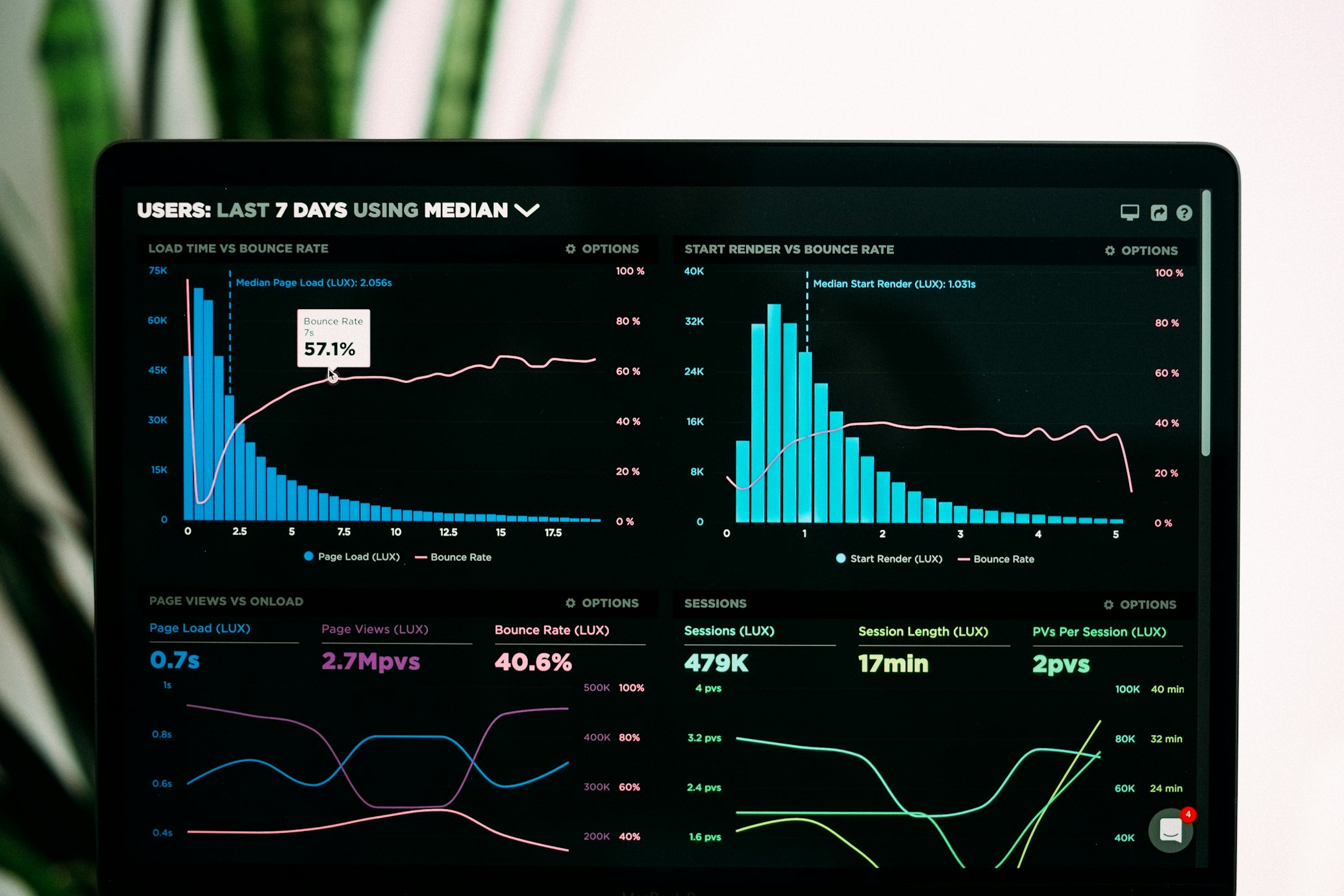Real-time Dashboard Example
A complete example of building a real-time dashboard that processes streaming data and visualizes it with interactive charts and metrics.

Overview
This example demonstrates how to build a real-time dashboard using Inversion that processes streaming data and visualizes it with interactive charts and metrics. The dashboard provides real-time insights into your data, allowing you to monitor key metrics and make informed decisions quickly.
Features
- Real-time data processing with sub-second latency
- Interactive visualizations that update automatically
- Customizable dashboard layouts
- Support for various data sources (Kafka, Kinesis, MQTT)
- Alerting capabilities for threshold violations
- Historical data comparison
Architecture
The real-time dashboard is built on a modern architecture that separates data ingestion, processing, and visualization:
Data Ingestion
Connects to streaming data sources and ingests data in real-time.
Data Processing
Transforms, aggregates, and enriches data for visualization.
Visualization
Renders data in interactive charts, gauges, and tables.
Implementation
Let's walk through the implementation of the real-time dashboard:
Step 1: Set Up Data Source
First, we'll configure a data source to stream data into our dashboard. In this example, we'll use Kafka as our data source.
// Configure Kafka data source
const dataSource = new inversion.DataSource({
type: 'kafka',
config: {
bootstrapServers: 'kafka:9092',
groupId: 'dashboard-consumer',
topics: ['sensor-data'],
autoOffsetReset: 'latest'
}
});
// Start consuming data
await dataSource.connect();Step 2: Process the Data
Next, we'll create a processing pipeline to transform and aggregate the incoming data.
// Create a processing pipeline
const pipeline = new inversion.Pipeline();
// Add transformations
pipeline.addTransformation({
name: 'filter-valid-readings',
type: 'filter',
config: {
condition: 'temperature > 0 AND temperature < 100'
}
});
pipeline.addTransformation({
name: 'enrich-data',
type: 'enrich',
config: {
fields: {
status: {
type: 'case',
expression: 'temperature',
cases: [
{ when: '< 20', then: 'cold' },
{ when: '< 30', then: 'normal' },
{ default: 'hot' }
]
}
}
}
});
pipeline.addTransformation({
name: 'aggregate-by-location',
type: 'aggregate',
config: {
groupBy: ['location'],
operations: [
{ field: 'temperature', op: 'avg', as: 'avg_temperature' },
{ field: 'humidity', op: 'avg', as: 'avg_humidity' },
{ field: 'temperature', op: 'max', as: 'max_temperature' }
],
window: {
type: 'sliding',
size: '5m',
slide: '1m'
}
}
});
// Connect pipeline to data source
pipeline.setSource(dataSource);Step 3: Create the Dashboard
Now, let's create the dashboard and add visualizations.
// Create a dashboard
const dashboard = new inversion.Dashboard({
title: 'Sensor Monitoring Dashboard',
refreshInterval: 1000 // Refresh every second
});
// Add a time series chart
dashboard.addWidget({
type: 'time-series',
title: 'Temperature Over Time',
position: { x: 0, y: 0, width: 8, height: 4 },
dataSource: pipeline,
config: {
query: 'SELECT timestamp, avg_temperature FROM aggregated_data GROUP BY location',
xAxis: {
field: 'timestamp',
label: 'Time'
},
yAxis: {
field: 'avg_temperature',
label: 'Temperature (°C)'
},
series: {
groupBy: 'location'
}
}
});
// Add a gauge chart
dashboard.addWidget({
type: 'gauge',
title: 'Current Temperature',
position: { x: 8, y: 0, width: 4, height: 4 },
dataSource: pipeline,
config: {
query: 'SELECT avg_temperature FROM aggregated_data WHERE location = "main-facility" LIMIT 1',
value: {
field: 'avg_temperature'
},
min: 0,
max: 100,
thresholds: [
{ value: 20, color: 'blue' },
{ value: 30, color: 'green' },
{ value: 50, color: 'yellow' },
{ value: 80, color: 'red' }
]
}
});
// Add a data table
dashboard.addWidget({
type: 'table',
title: 'Sensor Readings by Location',
position: { x: 0, y: 4, width: 12, height: 4 },
dataSource: pipeline,
config: {
query: 'SELECT location, avg_temperature, avg_humidity, max_temperature, status FROM aggregated_data',
columns: [
{ field: 'location', label: 'Location' },
{ field: 'avg_temperature', label: 'Avg Temp (°C)', format: 'number', decimals: 1 },
{ field: 'avg_humidity', label: 'Avg Humidity (%)', format: 'number', decimals: 1 },
{ field: 'max_temperature', label: 'Max Temp (°C)', format: 'number', decimals: 1 },
{ field: 'status', label: 'Status' }
],
rowColor: {
field: 'status',
mapping: {
'cold': 'blue',
'normal': 'green',
'hot': 'red'
}
}
}
});
// Start the dashboard
await dashboard.start();Deployment
To deploy the real-time dashboard, you can use Inversion's deployment capabilities:
inversion deploy --type dashboard --name sensor-monitoring
This will deploy your dashboard to Inversion's cloud platform, making it accessible to authorized users through a secure URL.
Resources
Here are some additional resources to help you build your real-time dashboard:
Next Steps
Ready to take your dashboard to the next level? Check out these related examples: